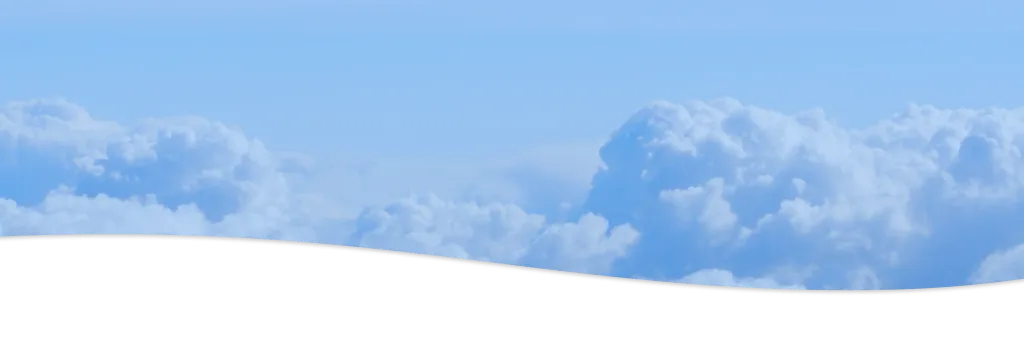
Application
Pilot
How to apply for airline jobs after flight school?
The final goal for every aspiring pilot after completing their training is landing their first job in the cockpit. For many, this step proves to be more difficult than pilot training itself. The job market is highly competitive and it takes a lot of discipline and careful preparation to assert oneself against other applicants. This guide will help you understand and prepare for challenging airline assessments.
Preparing for the application process
Before submitting the application, it is essential that all required documents are included.
Creating a checklist and systematically working through it is highly recommended:
Cover Letter
- The cover letter should always be tailored to the airline or company in question and it is important to take the time to work out why you are the perfect fit for their team. Training achievements, flying experience and personal qualities such as teamwork skills should be highlighted.
Resumé
- An up-to-date CV with a professional portrait will make you stand out. Any gaps in the CV exceeding four weeks shall be justified. The resumé should reflect your educational and professional background, as well as your flying experience.
Certificates
- As mentioned, required documents such as the pilot license, exam results, UPRT and MCC certificates must be attached to the application. Care should be taken to ensure that the scans are of good quality and labelled appropriately.
Flight Logbook
- When applying, airlines often ask for copies of the last three pages of the logbook. Therefore, entries should be checked for accuracy beforehand. Ensure your logbook remains up-to-date throughout flight training.
Once your documents are in order, the next step is to pass the airline assessment.
The assessment process
Step 1: Application Screening
- After the application has been received, it is processed by the HR department. Since all application documents are reviewed, missing documents or grammatical errors can be immediate disqualifiers. The next step involves checking whether the applicant's profile matches the advertised position, so it is important to emphasise in the cover letter why you are a good match for the airline in question. We recommend researching the airline`s culture and values.
Step 2: Aptitude and Psychometric-Test
- Cognitive, spatial awareness, decision-making and multitasking skills are tested through computer-based tests. Airlines generally have very different methods of assessment, but preparation software like SkyTest can help practice for computer-based tests and it is advisable to start early with your preparation.
Example Tasks
- Solve a series of mental math problems quickly and accurately, often under time pressure.
Question:
- If you burn 800 kg of fuel per hour and you have 3,600 kg remaining, how much flying time do you have left?
- You are shown a string of numbers for a few seconds, and then asked to recall or identify them after a delay.
Question:
- You see this sequence: 7 – 4 – 2 – 9 – 1. Then you’re asked: Which number was second in the sequence?
Step 3: Simulator Screening
- In this stage, the applicant's flying skills are put to the test. The basics learnt in flight school play an important role here. Flying raw data approaches, standard instrument departures, holdings and steep turns are standard profiles in simulator assessments. Depending on the airline, simulator profiles also include non-normal situations such as engine failures. It is therefore advisable, especially if there is a long period between the end of training and the assessment, to organise preparation sessions in a simulator to refresh flying skills.
Step 4: Interview
- After successfully passing the previous steps, the interview is conducted. This takes place in front of a panel of airline representatives, often consisting of a psychologist, an HR employee and a representative from flight operations. The interview is aimed at determining whether the applicant fits into the airline's team, assessing personal characteristics, technical knowledge, and finding out how the applicant handles pressure during challenging questions.
Example Questions
- You are flying with a Captain who deviates from SOP's. What do you do?
- Tell us about a time you made a mistake and how you handled it?
- Can you explain what happpends during a compressor stall?
Challenges in the application process
Limited Hours
- A common problem with finding a job is that most airlines already require a certain amount of flight hours and experience which students do not yet have when they finish their training. A practical approach is to consider smaller or regional airlines as they often have lower hour requirements and offer a good entry point.
Type Rating
- Similar to the previous point, airlines prefer pilots who already have a valid type rating on their respective aircraft. This saves the airline considerable costs. One option would be to finance the type rating yourself, but financing a type rating independently carries significant financial risk with costs ranging from 20,000€ - 50,000€ and should only be considered with a job guarantee.
Rejection
- Unfortunately, rejections are not uncommon in the highly competitive job market. If rejected, politely request feedback to identify areas of improvement. Consider enhancing your skills by enrolling in advanced training or hour-building programs to make your profile more competitive.
Looking for Pilot Jobs?
Job Board
- If you are already an experienced pilot have a look at our Pilot Job Board.
Pilot Salary
- Want to check out what salary pilot earn at various airlines? Check our Airline Insights and find out!